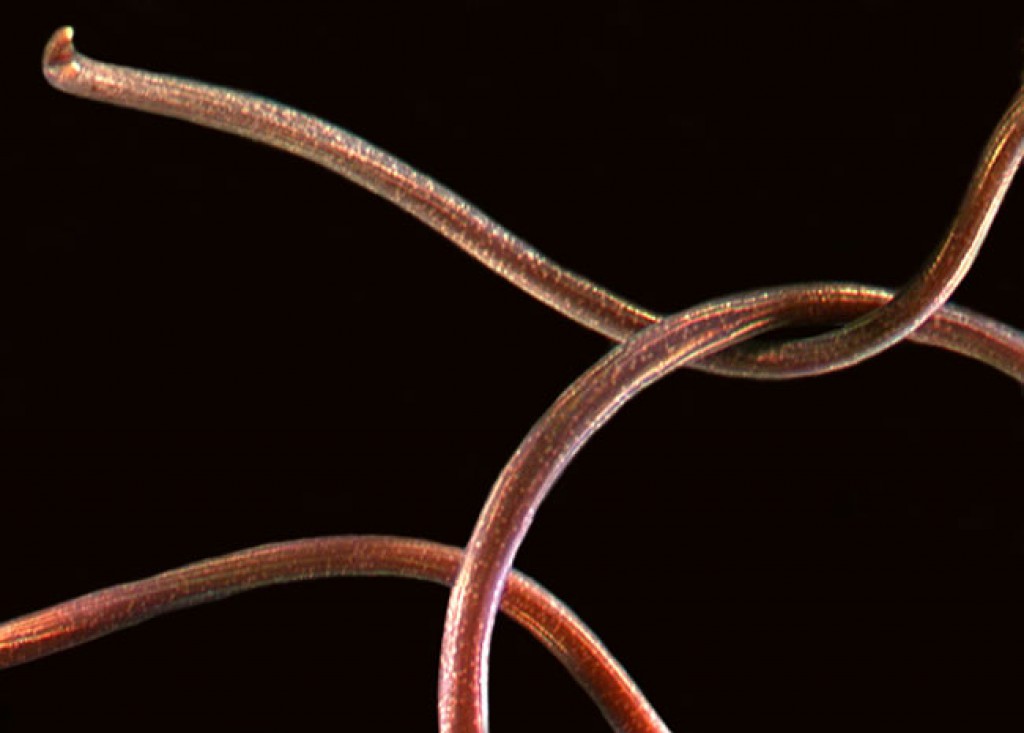

Now there are no bees in any of my hives. Alexander the Great was not able to untie the knot so he cut through it with his sword. The first person to untie it would be the future ruler of Asia.

According to Greek legend, King Gordius of Phrygia tied a complicated knot. Since they are usually contorted into “knots”, the name Gordian worm was used by some. Cabbagehair worm is another name for these worms because they can be found in the water droplets that collect in cabbage leaves.

The name “horsehair worm” refers to the old belief that they came from horse hairs that fell into water and came to life. They are not parasites of humans, livestock, or pets. When mature, they leave the host to lay eggs. Horsehair worms develop as parasites in the bodies of grasshoppers, crickets, cockroaches, and some beetles. These harmless, curious creatures writhe slowly, contorting their hair-like bodies into intricate knots. They are found in water or wet areas, such as alongside streams or puddles but they can occur in cisterns, livestock watering troughs, or other outdoor water containers. They are similar to nematodes (microscopic worms) but much longer (4 inches or longer) and very thin (1/80 to 1/10 inch diameter). Horsehair worms belong to the group Nematomorpha. They are a parasite of crickets and beetles. (Photo Credit Ann Winkler)Īnswer: These are horsehair worms. They are not harmful to pets, livestock, or people. Please note that some applications and/or services may not function as expected when translated. NC State Extension does not guarantee the accuracy of the translated text. As with any Internet translation, the conversion is not context-sensitive and may not translate the text to its original meaning. To the extent there is any conflict between the English text and the translation, English controls.Ĭlicking on the translation link activates a free translation service to convert the page to Spanish. Por favor, tenga en cuenta que algunas aplicaciones y/o servicios pueden no funcionar como se espera cuando se traducen.Įnglish is the controlling language of this page. NC State Extension no garantiza la exactitud del texto traducido. Al igual que con cualquier traducción por Internet, la conversión no es sensible al contexto y puede que no traduzca el texto en su significado original. En la medida en que haya algún conflicto entre la traducción al inglés y la traducción, el inglés prevalece.Īl hacer clic en el enlace de traducción se activa un servicio de traducción gratuito para convertir la página al español.

El inglés es el idioma de control de esta página.


 0 kommentar(er)
0 kommentar(er)
